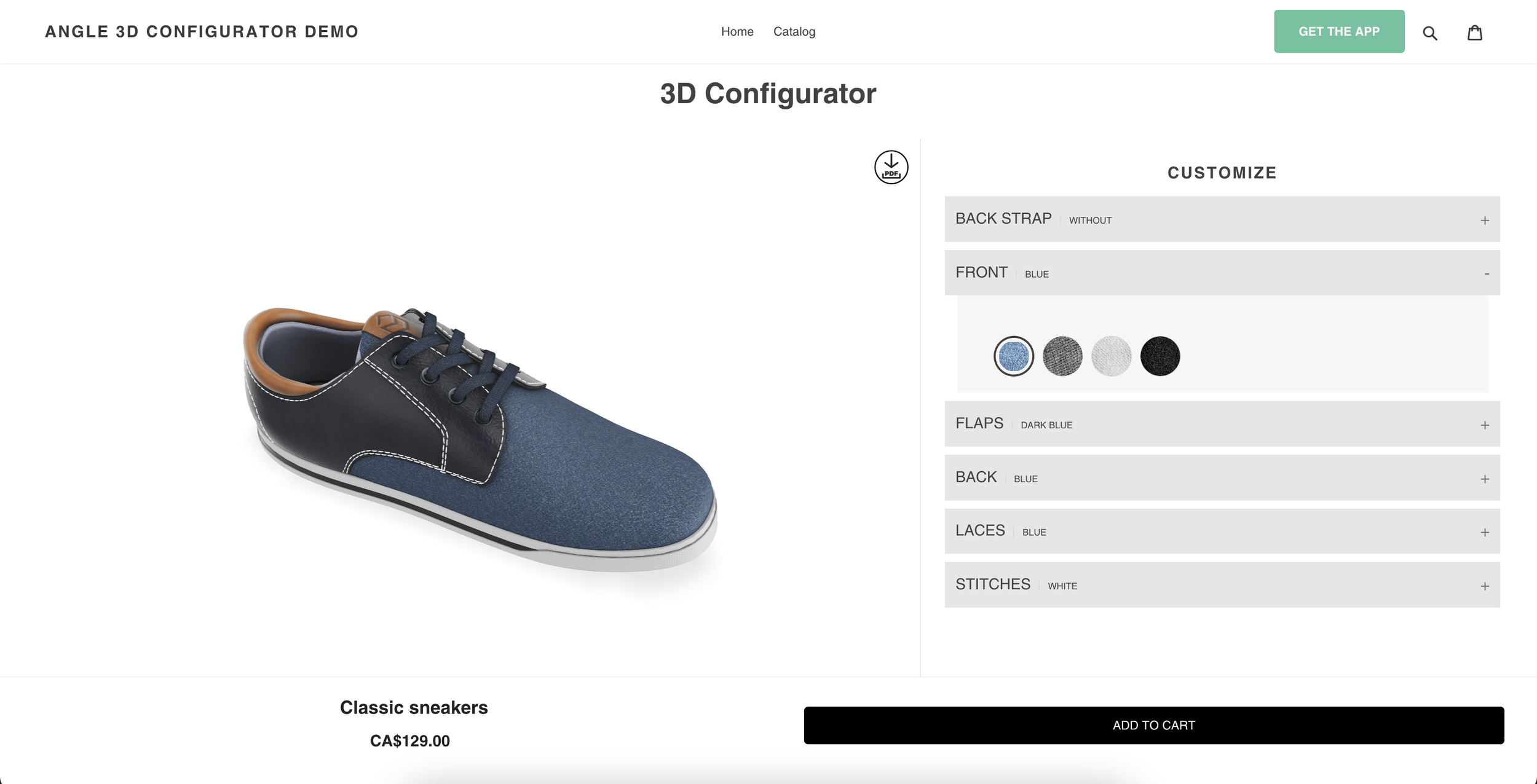3D Modeling and Textures 101
Introducing 3D:
e-commerce’s next step
Marketing • 2 min read
3D MODELING DEFINITION AND CHARACTERISTICS
A 3D model is a three-dimensional digital representation of a real life object.
Models, or polygon meshes, are built via specific softwares that manipulate vertices, edges and faces to recreate any desired object or shape.
WIREFRAME
The wireframe represents the skeleton of 3d models.
It consist of points, lines, and arcs that define the simulated object.
MESH & POLYGONS
A mesh is the structural build of a 3D model and consists of polygons.
It is common to measure the complexity of a 3D model by indicating how many polygons it is made out of.
For instance, a 'low poly' mesh indicates a model with a relatively small composition of polygons, whereas 'high poly' specifies a 3d model with a high polygon count.
TEXTURES
Textures are mostly 2D images wrapped around a 3D object to achieve a relatively hyperrealistic quality for the model. By calculating how the lighting will affect the model, textures allow to recreate complex materials such as leather, skin, wood, plastic - you name it.
How does one shift from a 2D image to a 3D texture?
3D softwares take care of the process by generating UV maps. Simply put, computational guidelines that project the image onto the right sections of the 3D model.
Example of a texture of the 3D model bag shown above.
Example of a UV Map of the 3D model bag shown above.
3D TECHNOLOGY EXAMPLES
3D technologies are progressively populating our markets and industries.
Architecture, medicine, entertainment, advertising and marketing - the possibilities are endless!
Chances are, most modern innovations and discoveries you hear about were developed though 3D models and mechanics.
3D Printed Prosthetic Limb. source
3d Printed house series for formerly homeless individuals in Austin, Texas. source
3D Animation process for the movie "Frozen" by Walt Disney Animation Studios
3D IN E-COMMERCE
3D technologies are an emerging trend among businesses, for they enhance the shopping experience as well as simplifying the working process for merchants. The most popular have become 3D modeling, visualization and display.
“ According to a report, the global 3D Modeling Software market is valued at 24200 million in 2018 and is expected to reach 36100 million by the end of 2024, growing at a CAGR of 8.3% between 2019 and 2024.
”
3D approaches to e-commerce branch into various fruitful opportunities to advance your business:
3D Customization
Enhance the shopping experience with ultimate product customization
Learn more about 3D Configurators and how they affects e-commerce >>Augmented Reality (AR) Experience
Empower your customers with the wonder and flexibility of AR
Learn more about AR and how affects e-commerce >>
Do you have a Shopify store?
Are you ready to take the next step?
Integrate 3D and AR to your business.
Angle 3D Configurator guarantees a 14-day free trial for you to get started!











